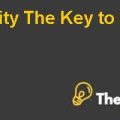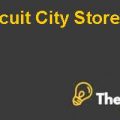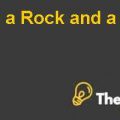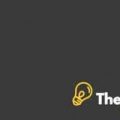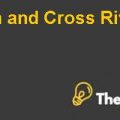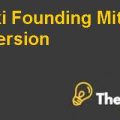Audio Lecture Case Study Solution
Our task is to produce a summary report on the provided audio, listen it, understand it and write a summary on it. So in the audio there is a female teacher or lecturer who gives a complete class lecture on semantics. Lecturer is telling her students about what linguistics is and she is delivering the knowledge of semantics to the audience. She tells in her lecture that semantic is actually the interpretation of language and words that we used to speak and understand in our daily routine life. She tells that it includes signs or sentence structure that our brain understands. She says that it is naturally occur in human brain and semantic is actually a field of psychology. She explained how human understands in our practical world by giving some examples.
One of example which she stated in the audio is ‘an apple a day keeps a doctor away’. She further elaborated that the phenomena of human natural instinct of understanding is to face different real life situations. She tells that people give and understand each other vocal, facial or body expressions due to the fact that they have patterns learned in their brain and they are familiar of the condition.
Teacher next on tells that we humans are continuously trying to make computer systems so smart and intelligent that they can even interpret and understand most of the human visual and vocal expressions, language, image and sound. She says that in the field of computer science, this is done by making computer learn and train multiple language models and feeding multiple sets of frequencies and also various phrases so that the machine will detect, recognize, distinguish and also react (gives respect output).
The lecturer then moves on to the subject that is about the relation that exists in between the sentence and a paragraph. She explains about the basic need of differentiating among summary and a whole article. The reason behind getting to know the difference for a software of any computer is to know that the text is summary or whole article.
The article to summary conversion is nowadays done by computer software’s which require enough memory and algorithms. This is achieved via forming a domain of words taken from each article that are known to us as lexicons. These words are stored in a domain and then its summary is generated. This also works the other way around as it would compare the two documents and give answer whether summary is good or not.
The scientist and people all around the world gathered loads and loads of people works in form of articles and made their own specified domains with the lexicons of words used in that particular file. The goodness factor of the summary is asked with the people, by letting them to read the beginning of the article and the summary. The percentage is taken, if the percentage is more then 82, the summary is taken as good.
The summary is generally build by taking the important parts of the document, which in the case of machine learning is different, it reads each line and sees if it is not important and then goes to the next line. 54% of people who follow New York Times would rather read the summary generated by the system itself than the main article. That suggests that the summary generator should be able to find the importance of the news through proper way. The classifiers that makes this work are based on the features of lexicons nothing less or more.
The questions asked during the lecture was on the clarification of some ideas, while a person asked about the cultural differences in between people, who could see things differently, to which the guest replied that we are working on to find the general agreements on things to make the classifier even more general.................
This is just a sample partial case solution. Please place the order on the website to order your own originally done case solution.

